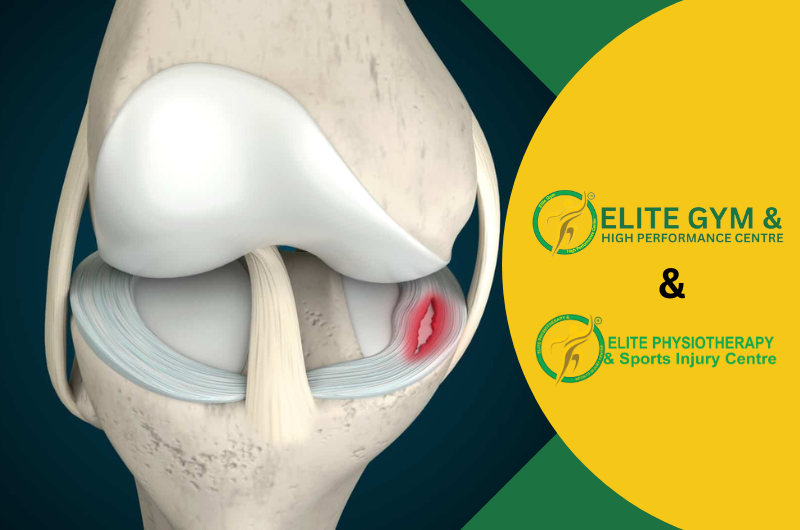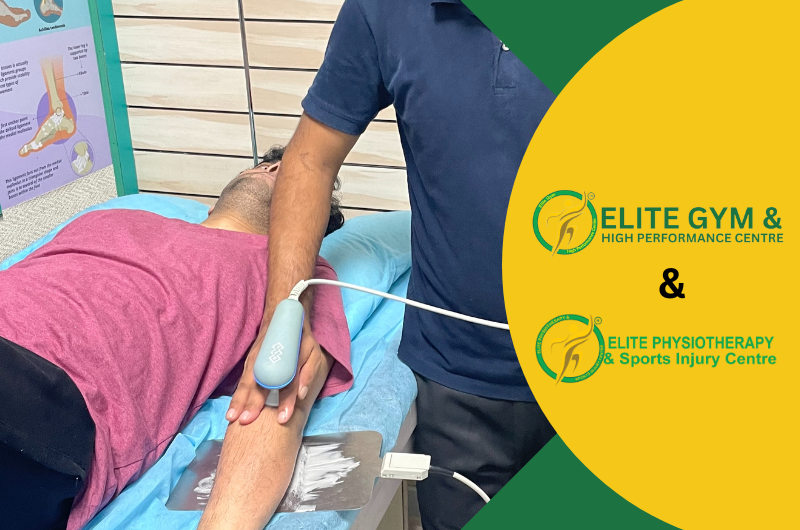Cryotherapy: A Modern Approach to Recovery and Healing at Elite Physiotherapy and Sports Injury Centre
We at Elite Physiotherapy and Sports Injury Centre are committed to providing cutting-edge therapies to improve sports performance, manage pain, and speed up recovery. Cryotherapy, a ground-breaking method of wellness and rehabilitation, is one of our cutting-edge treatments. The benefits and science of cryotherapy, including the use of cryoair and cryobaths, are discussed in this article along with how these therapies are included into our treatment plans.
What is Cryotherapy?
Cold treatment, also known as cryotherapy, uses extremely low temperatures to treat patients. This technique has been used for many years to lessen pain, promote healing, and reduce inflammation. By narrowing blood vessels and lowering nerve activity in the afflicted location, cryotherapy helps to reduce swelling and relieve pain.
Cryo baths and cryo air are the two main types of cryotherapy that we use at Elite Physiotherapy. Both approaches work well, and how they are used will rely on the patient’s particular requirements.
Cryo Bath: Submersion Therapy for Full-Body Recovery
Cryo baths, also called ice baths, involve submerging the body (or specific body parts) in cold water, typically maintained between 10°C and 15°C. Many athletes and injury-recovering patients employ this type of hydrotherapy.
Benefits of Cryo Baths:
- Reduces Muscle Soreness: After training or competition, athletes frequently choose cryo baths because they are a very effective way to relieve delayed onset muscle soreness (DOMS).
- Improves Circulation: The cold water makes blood vessels contract; these vessels then expand as the body temperature returns to normal, increasing blood flow and eliminating waste products from metabolism.
- Reduces Inflammation: Cryo baths hasten the healing process by lowering swelling in strained or injured muscles.
- Enhances Mental Recovery: The shock of cold water triggers the release of endorphins, elevates mood, and lowers stress levels.
At Elite Physiotherapy, we provide personalized cryo bath treatments to guarantee each patient’s utmost comfort and efficiency. Our cryo baths fulfill your specific needs, whether you are recovering from intense physical activity or a sports injury.
Cryo Air: Targeted Cooling for Precision Therapy
Cryoair therapy targets specific body parts by delivering cooled, dry air through specialized equipment. Without the requirement for submersion in water, the air temperature can drop as low as -30°C to -60°C, producing a powerful cooling effect.
Benefits of Cryo Air Therapy:
- Localized Treatment: For sprains, tendinitis, or joint pain, cryo air is perfect for focusing on certain wounds or trouble spots.
- Comfortable and Non-Invasive: Patients who are sensitive to cold or wet circumstances may find cryo-air therapy to be a comfortable alternative to ice packs or cryo baths because it does not require direct contact with water.
- Fast Recovery: Usually lasting five to fifteen minutes, sessions provide quick results.
- Enhances Skin and Tissue Health: The deep cooling promotes the formation of collagen and increases skin suppleness, which is advantageous for the healing process following surgery.
Our cutting-edge cryo-air equipment at Elite Physiotherapy enables accurate temperature control and application, guaranteeing that patients receive the best care possible for their conditions.
Why Choose Cryotherapy at Elite Physiotherapy?
At Elite Physiotherapy and Sports Injury Centre, we provide unmatched care by fusing state-of-the-art technology with our extensive expertise. The purpose of our cryotherapy treatments is to:
- Accelerate Recovery: Cryotherapy can help you get back to your activities more quickly, whether you’re an athlete or someone who has chronic pain.
- Enhance Performance: Frequent cryotherapy procedures can maximize general physical performance, decrease weariness, and increase circulation.
- Personalized Care: After evaluating each patient’s health, we suggest the best cryotherapy technique, whether cryo air, cryo bath, or a combination of the two.
What to Expect During Your Session
Our skilled specialists will walk you through each step of the cryotherapy procedure when you visit Elite Physiotherapy. We make sure the water temperature for cryo baths is both comfortable and efficient, and we modify the time to fit your demands and tolerance. Our professionals apply focused relief using cold air therapy by concentrating on the afflicted area using handheld instruments.
Conclusion
In the fields of sports medicine and rehabilitation, cryotherapy is revolutionary. Elite Physiotherapy and Sports Injury Centre proudly provides this cutting-edge treatment to our patients. Cryotherapy can be a potent complement to your treatment strategy, whether you’re trying to manage chronic pain, recover from an accident, or enhance your athletic performance.
Make an appointment for cryotherapy with us right now to discover the life-changing advantages of cold therapy. Allow us to provide you with the knowledge and attention you need to reach your performance and recovery goals.



